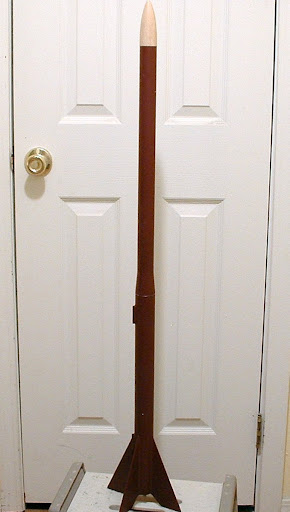Estes says the Vagabond is 4.1 ozs.
My finished product weighs in at 6.1 oz. (no motor)
Does Estes weigh the parts only, or do they supply a weight amount that can actually be achieved.
What about other manufacturers? None of my builds come in at the weights I find on their sites.
My finished product weighs in at 6.1 oz. (no motor)
Does Estes weigh the parts only, or do they supply a weight amount that can actually be achieved.
What about other manufacturers? None of my builds come in at the weights I find on their sites.








